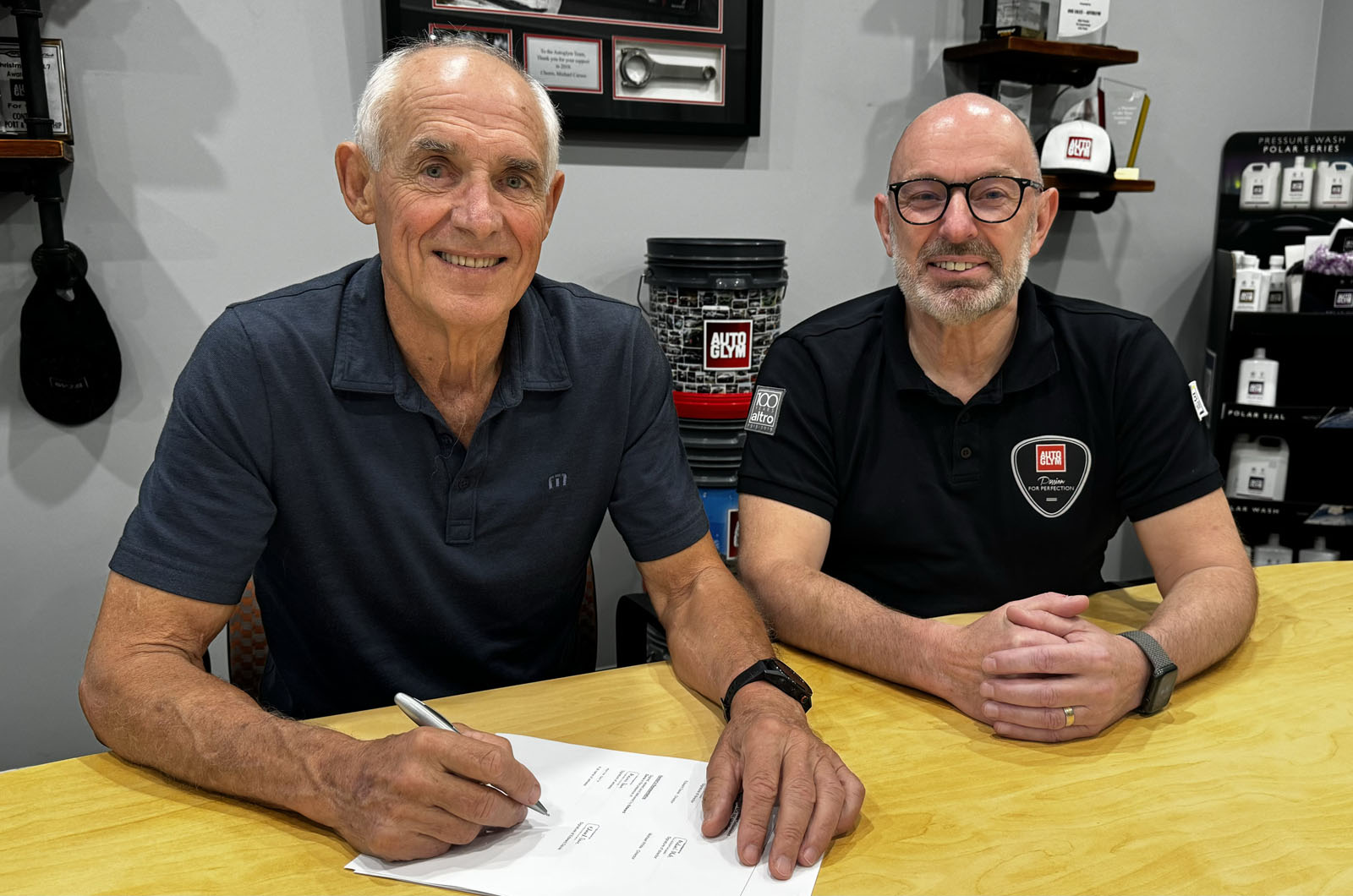John Genge wants to help factors minimise the losses caused by slow-moving lines
Previously in CAT we’ve looked at the strategies that good operators should use to check the efficiency of their stock holding and utilisation. One area of natural concern is, of course, obsolete and dead stock. To some degree accumulating slow-moving products is inevitable but what lessons can be learned from the “best in class†to minimise your losses?
There are two areas to consider, prevention and cure.
Prevention:
Let’s face facts; you will never completely prevent it. But if you examine your stock closely, the chances are you’ll find yourself with dead products because:
- It was a special order part for a customer who later sourced it elsewhere.
Solution: Always insist on a customer order, or if you do not hold an account for that customer get full payment.
- It was a part that had a good sales record which then slowed and stopped.
Solution: Constantly monitor for changes in sales history (your systems should be able to report this).
- It was a speculative product or range that turned out to be a flop.
Solution: Try to agree a buy back or stock cleanse agreement with your supplier or if not, be aggressive with your pricing and marketing until you know whether or not this product will succeed.
- It was a product or range that really should have sold but you got the pricing wrong.
Solution: Have the common sense to respond quickly and alter your prices when you’ve got them wrong!
- It was stock held with a customer on an interest basis, which included items that were just never used.
Solution:Â I am surprised how common a problem this is as it is so easy to prevent, if your Rep takes a little time to compare stock to sales history.
If you’re truly honest with yourself and identify which of the above each of your dead stock lines relate to, then future prevention – or at least minimalisation – is really straightforward.
All of those solutions are all completely obvious and forgive me if this is a “granny sucking eggs†situation but in my experience, there are plenty of managers who know this already but consistently fail to do it!
The most frequent excuses I hear are a lack of time, systems shortfall, and inept staff. But really, the primary reason is a lack of management focus. That is the real difference between the best in the class and the rest of the field. You choose which one you want to be.
Cure:
Inevitably you will end up with dead stock, but if your systems are good it will be a really small problem and easy to fix. If you do need to dispose of dead stock, firstly ensure that you have a “fighting fund†called an obsolescence provision. Last month I described how this should be created so already the financial pain has been suffered, and we are now down to good housekeeping. Here are your best disposal strategies:
- Shop/ van/ warehouse clearance. Don’t leave these lines languishing in their old stock locations. Get these parts into your customers’ reach whether it be a trade counter, van or shop. Price them attractively at cost or less and be prepared to deal. You first offer is likely to be your best.
- Offer staff incentives on these clearance lines whether it be a paid bonus, a gift, a night out or whatever. These staff deal with your customers every day and are likely to know where to target such a part, especially if you prompt them and offer a reward.
- Contact other Factors whose sales profiles may be different to yours. Just because your sales history is non-existent for that part it doesn’t mean everyone else’s is. As a Factor I made a small fortune buying up other people’s slow moving and obsolete lines and selling the parts to my customers.
- Supply chain buy back. Most supply chain businesses that I have dealt with will have a facility to buy back certain lines if they are not too old. They may require a larger new buy ratio, eg. They buy back £1,000 worth if you place an order with them for £3,000. The reasoning however is that if that is stock that you would buy anyway you have lost nothing save a little extra depth of stock until normal levels are restored.
- Contact a specialist Stock Cleanse Agent. You may recover less than cost or have to buy more from them in the future but the choice of that product should enable you to find lines that you actually need and use.
Finally, as you sell that part that you really never will stock again, please give it a special indicator to prevent your system adding it to a subsequent order. It is such a shame to work hard to dispose of it only for its offspring to reappear.
If all else fails you must be prepared to axe the part. Place it in a skip and write it off, don’t let your mind dwell on what sale it could have bought you. Instead keep focused on more important matters.










Use AMK Automotive.We have a specialised stock cleanse management team!!!!!